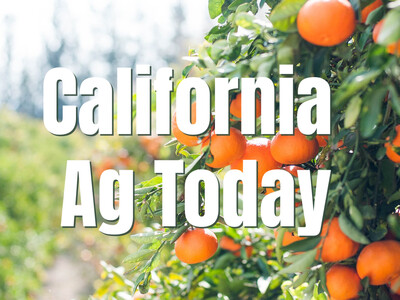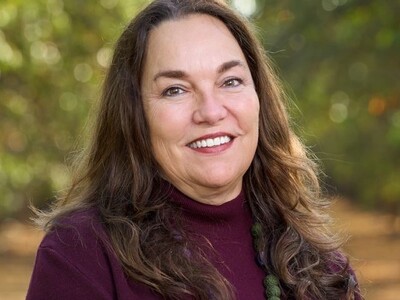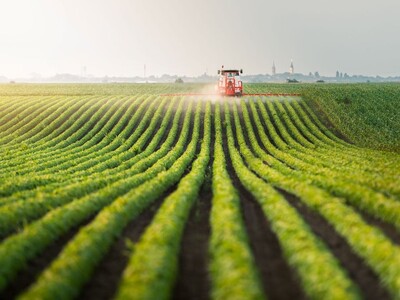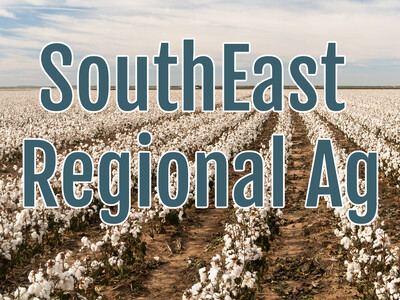Cider apples
Kyle Nagy is Superintendent and Orchard Operations Manager.At the Sandpoint Organic Agriculture Center in Northern Idaho. They grow about 70 different varieties of apples.
Mostly what we’re learning is about which of these old varieties have some disease resistance, which are more susceptible to pests and that kind of thing. And a lot of it is which grow well in our climate. In north Idaho we have these long, late winters.
We got hit by a frost last year so that really set us back but even that presents some learning opportunities for us. We find out which varieties are a little hardier through those late frosts, which ones are flowering early enough and which ones are flowering a little later so that they’re missing most of those frosts, so we’re figuring out some new stuff even in the years that aren’t going well.
Along with all these old, unusual varieties we have some of these red flesh varieties. The skin is like a deep maroon and the flesh is crimson the whole way through and so it’s really a striking apple for sure.
We do have a lot of good fresh eating apples out here but a lot of these older heirloom varieties are either cider specific or they’re culinary apples so we have some cider apples that you wouldn’t want to take a bite out of. They’re so astringent, they’ll suck all the moisture out of your mouth, but they really add some complexity to a good cider.













